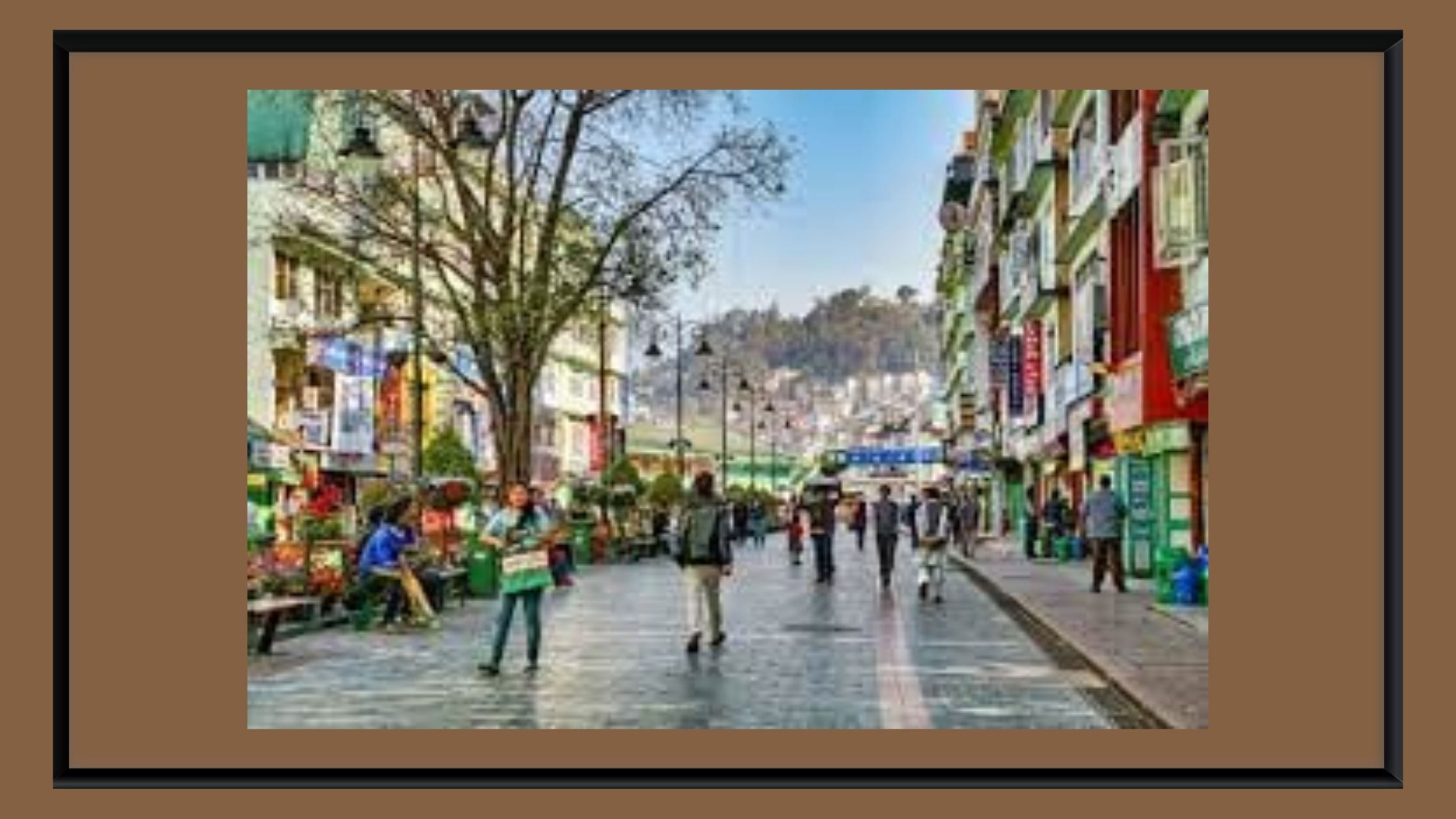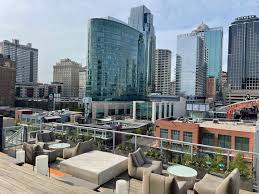
Painting
Painting a Sustainable Future: The Role of Art in Achieving Net Zero
Art and culture have become integral to our lives, shaping and inspiring us in profound ways. In the fight against climate change, they are important mediums for conveying messages of urgency, hope, and resilience. As society strives toward the goal of Net Zero carbon emissions, the role of art and culture has grown increasingly crucial. Beyond the realms of science and policy, art bridges the gap between knowledge and action.
By turning abstract data into relatable experiences, artists humanize the climate crisis, spark collective action, shape societal values, and inspire a vision of a sustainable future. Achieving Net Zero is not simply a technical challenge–it also demands a cultural shift, and art is one of the most powerful tools to drive that transformation.
One way art serves as a catalyst for awareness is by making the invisible visible. The detrimental effects of climate change, such as melting ice caps, often feel too abstract for many to fully grasp. Art translates these concepts into tangible, sensory experiences that trigger emotional responses and inspire action. A compelling example is Olafur Eliasson’s Ice Watch, an installation that brought melting Arctic ice blocks to urban centers like Paris and London. Pedestrians walking by could touch the ice, experiencing the reality of climate change in a deeply personal, visceral way. Eliasson remarked on the work, “It is a lot more physical; it suddenly gives a stronger sense of what it is they’re talking about when they say the Greenland ice caps are melting.”
This artwork underscores a critical truth: it is difficult for people to grasp the seriousness of climate change until they can directly engage with its consequences. By allowing viewers to see, touch, and feel the melting ice, Ice Watch transforms numerical data points into an immediate reality. This artwork serves as a powerful reminder of the need to protect Greenland’s natural beauty and the planet itself. Visceral works like this not only raise awareness but also ignite meaningful conversations and challenge societal complacency. By bringing climate issues to life, art motivates all communities to support sustainable practices and policies that align with Net Zero goals.
Stories have always shaped how we see the world and our place within it. In the realm of climate action, storytelling is an important tool that fosters empathy and collective understanding, both of which are essential to achieving ambitious climate goals. Documentaries like An Inconvenient Truth and 2040 translate complex scientific and environmental issues into compelling, relatable narratives that create an emotional connection with viewers.
By presenting actionable solutions, these films not only educate audiences but also empower them to take meaningful steps toward change. They demonstrate how documentary storytelling can effectively bridge the gap between environmental crises and public understanding. Meanwhile, fictional works, such as the satirical film Don’t Look Up, offer a different yet equally impactful approach.
By employing humor to address serious topics like climate change, the film engages audiences through relatable characters and scenarios that resonate on an intimate level. In this context, storytelling allows viewers to explore the issues in ways that statistics cannot. For the success of Net Zero, a major cultural shift is needed, and storytelling has the unique power to unify people under a common goal.
Furthermore, art is a powerful tool for uniting communities, particularly at the grassroots level. Public art installations, murals, and festivals provide platforms for local movements to express their concerns and envision potential solutions. Initiatives like the Climate Crisis Movement bring together artist-activists to co-create solutions, blending creativity with activism. Additionally, as highlighted in Ecosystem Restoration 2021-2030, mural artists are promoting awareness of environmental issues, such as renewable energy, carbon reduction strategies, and ocean conservation.
These artworks often illustrate topics like reducing plastic footprint, protecting marine ecosystems, and supporting sustainable fashion. Audrey and Thibault Decker, co-founders of Street Art for Mankind, stated, “We hope this historic mural series will serve as a tangible symbol of climate optimism and action—a rallying cry to awaken the activist in all of us to fight for our beautiful planet.” These efforts connect communities and foster a shared sense of purpose. Since systemic change begins with local engagement, grassroots movements are critical to achieving Net Zero. Art transforms abstract global goals into actionable local efforts, empowering every individual to contribute meaningfully to the cause.
Perhaps art’s most powerful role lies in its ability to envision a sustainable future. In a world often consumed by climate despair, imagining a Net Zero world can feel overwhelming or even unattainable. However, creativity offers a hopeful alternative, inspiring innovation and optimism. Through eco-friendly artworks and architecture, we can visualize what a sustainable future might look like, reinforcing the belief that achieving Net Zero is possible if we work together and commit to the effort.
One exemplary project is Bosco Verticale, a pair of residential towers adorned with over 800 trees and thousands of plants, blending sustainability with architectural beauty. Located in Milan, Italy, these towers regenerate the urban environment by promoting biodiversity while mitigating the city’s unsustainable footprint. Bosco Verticale has received accolades like the LEED Gold certification for its eco-friendly design and energy efficiency, demonstrating its environmental value. The vegetation not only enhances the cityscape but also actively filters dust, absorbs carbon dioxide, and produces oxygen. This project is a testament to the fact that a sustainable future is not merely a dream but an achievable reality.
Moreover, the success of Bosco Verticale delivers more than practical solutions–it instills a sense of hope and optimism, showing that sustainable design can coexist with human innovation. Similarly, exhibitions featuring carbon-negative technologies or futuristic city designs inspire audiences to imagine what a Net Zero world might look like. This aspirational aspect of art motivates action in ways fear cannot. While data-driven reports highlight the urgency of climate change, art reframes the Net Zero goal not as an overwhelming challenge but as an achievable masterpiece that humanity can collectively create.
Art and culture are not just supportive elements in the fight against climate change; they are essential drivers of the Net Zero movement. Through awareness, storytelling, community engagement, and visionary creativity, artists transform abstract goals into tangible, relatable, actionable realities, engaging and inspiring people to participate.
Art bridges the gap between science and emotion, mobilizing individuals and communities toward a common purpose. As we work to achieve Net zero, integrating art with science and policy will be crucial. Art has the unique ability to humanize the climate crisis, fostering a sense of connection and responsibility. By supporting artistic initiatives and celebrating creative solutions, we can paint a future where Net Zero is not just a goal but a way of life. Through art, the impossible becomes possible.
By: Jocelyn Suhjin Kim
Write and Win: Participate in Creative writing Contest & International Essay Contest and win fabulous prizes.


